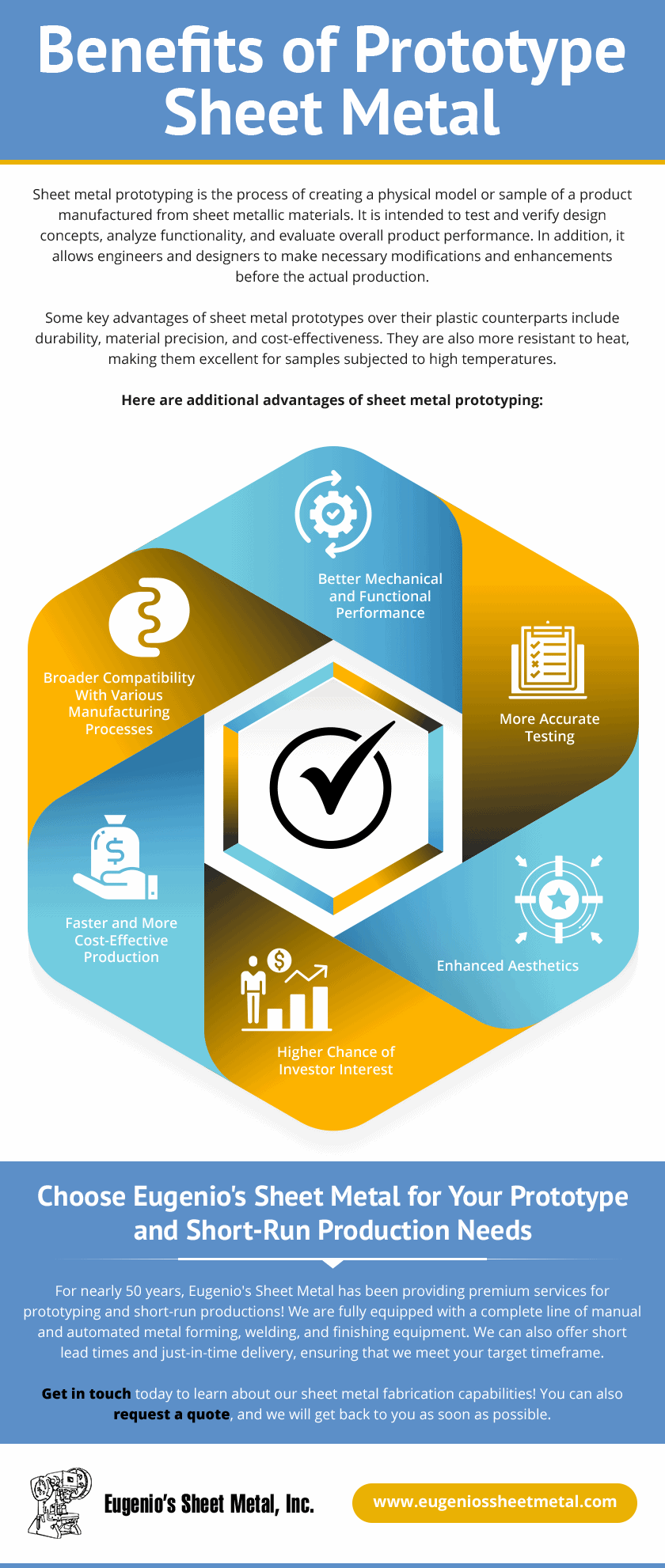Heater Sheet: The Ultimate Solution for Efficient and Cozy Warmth
Leave a CommentA heater sheet is a thin, flexible device designed to generate heat uniformly across its surface. It typically consists of a resistive heating element sandwiched between layers of insulating material. When an electric current passes through the resistive element, it produces heat, which is then distributed evenly across the sheet. It is commonly used in various applications, such as automotive seats and food-warming trays.
In this article, we will examine the key components and operation of a heater sheet and explore its applications across industries.
Essential Components of Heater Sheets
The following components work together to create a reliable and efficient heating solution suitable for a wide range of applications:
Resistive Heating Element
The resistive heating element is responsible for converting electrical energy into heat. It is typically constructed using materials like nichrome or carbon fiber due to their high resistivity, enabling them to generate heat efficiently. Nichrome is favored for its consistent heating performance over time, whereas carbon fiber offers flexibility and lightweight properties.
Insulating Layers
Insulating layers that act as thermal barriers surround the resistive heating element. They are often composed of materials like silicone rubber or mica to prevent heat from escaping into the surroundings. In addition, they provide electrical insulation and ensure the safety and reliability of the sheet by preventing short circuits and electrical shocks.
Conductive Traces
Conductive traces form the pathways through which electrical current flows from the power source to the resistive heating element. They are usually made of highly conductive materials like copper or silver to distribute electrical power evenly across the heating element. The design and layout of these traces are carefully optimized to minimize resistance and voltage drop.
Outer Covering
The outer covering shields the internal components from mechanical damage, environmental hazards, and external contaminants. It is typically constructed from highly durable materials, heat resistance, and flexibility, such as silicone or fiberglass. Silicone is preferred for its excellent thermal stability, whereas fiberglass provides additional strength and rigidity.
Safety Features
Safety features are essential to ensure the reliable operation of heater sheets, especially in applications where overheating could pose risks. For example, thermal fuses can be incorporated to detect excessive temperatures and automatically shut off power to the heating element. Additionally, insulation materials with self-extinguishing properties can mitigate fire hazards in case of malfunction.
Temperature Control Mechanism (Optional)
Some designs include a temperature control mechanism to regulate the heat output and maintain desired temperature levels. This mechanism typically contains components such as thermostats, thermistors, or electronic controllers that monitor the temperature of the sheet. Then, they adjust the power supplied to the heating element accordingly.
Applications of Heater Sheets
The following applications highlight the versatility and utility of heater sheets across various industries:
- Aerospace and aviation: anti-icing system, pilot tubes and sensors, and windshield de-icing
- Agricultural and horticultural: seed germination mats and greenhouse heating systems
- Automotive seat warmers: seat cushions, backrests, paddings, and wiring harnesses
- Consumer electronics: heated clothing, heated mattress pads, and heated pet beds
- Food warming trays: electric buffet trays, stainless steel trays, and portable catering trays
- Industrial equipment: heat sealers, laminating machines, and vacuum forming machines
- Medical devices: patient warming systems, incubators for neonatal care, and heated blankets
- Textile and apparel: heated jackets, gloves, insoles, socks, blankets, and throws
Eugenio’s Sheet Metal: Your Partner in High-Quality Fabrication
Since 1973, Eugenio’s Sheet Metal has been at the forefront of innovation in fabrication. We take pride in our commitment to quality and precision, delivering high-quality products to our customers across various industries. From prototype development to full-scale production, we leverage cutting-edge technology to ensure excellence in fabrication.
Contact us to learn about our capabilities! You can also request a quote today.









